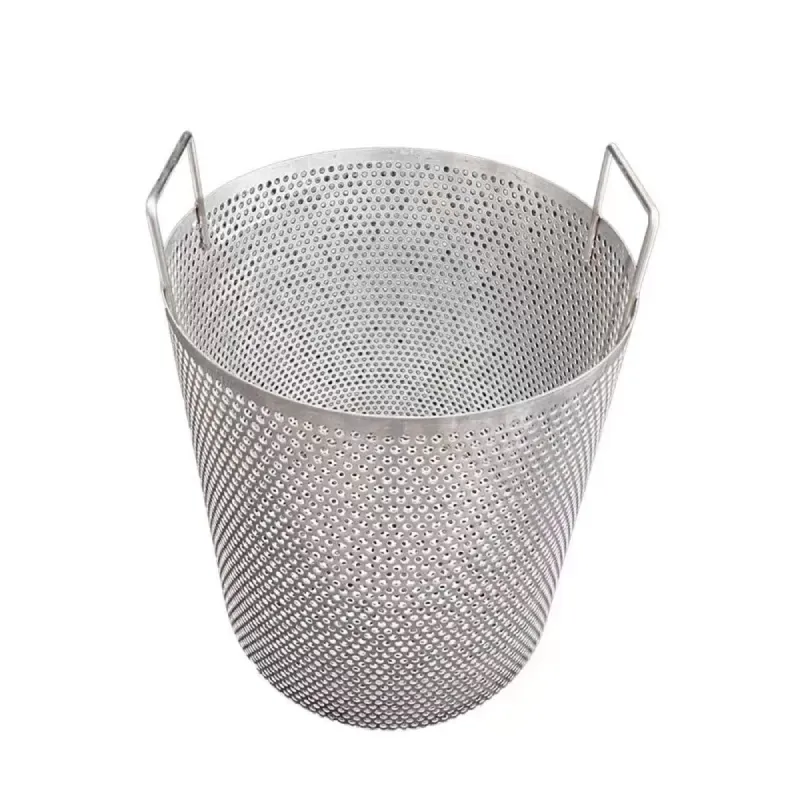-
 Afrikaans
Afrikaans -
 Albanian
Albanian -
 Amharic
Amharic -
 Arabic
Arabic -
 Armenian
Armenian -
 Azerbaijani
Azerbaijani -
 Basque
Basque -
 Belarusian
Belarusian -
 Bengali
Bengali -
 Bosnian
Bosnian -
 Bulgarian
Bulgarian -
 Catalan
Catalan -
 Cebuano
Cebuano -
 China
China -
 Corsican
Corsican -
 Croatian
Croatian -
 Czech
Czech -
 Danish
Danish -
 Dutch
Dutch -
 English
English -
 Esperanto
Esperanto -
 Estonian
Estonian -
 Finnish
Finnish -
 French
French -
 Frisian
Frisian -
 Galician
Galician -
 Georgian
Georgian -
 German
German -
 Greek
Greek -
 Gujarati
Gujarati -
 Haitian Creole
Haitian Creole -
 hausa
hausa -
 hawaiian
hawaiian -
 Hebrew
Hebrew -
 Hindi
Hindi -
 Miao
Miao -
 Hungarian
Hungarian -
 Icelandic
Icelandic -
 igbo
igbo -
 Indonesian
Indonesian -
 irish
irish -
 Italian
Italian -
 Japanese
Japanese -
 Javanese
Javanese -
 Kannada
Kannada -
 kazakh
kazakh -
 Khmer
Khmer -
 Rwandese
Rwandese -
 Korean
Korean -
 Kurdish
Kurdish -
 Kyrgyz
Kyrgyz -
 Lao
Lao -
 Latin
Latin -
 Latvian
Latvian -
 Lithuanian
Lithuanian -
 Luxembourgish
Luxembourgish -
 Macedonian
Macedonian -
 Malgashi
Malgashi -
 Malay
Malay -
 Malayalam
Malayalam -
 Maltese
Maltese -
 Maori
Maori -
 Marathi
Marathi -
 Mongolian
Mongolian -
 Myanmar
Myanmar -
 Nepali
Nepali -
 Norwegian
Norwegian -
 Norwegian
Norwegian -
 Occitan
Occitan -
 Pashto
Pashto -
 Persian
Persian -
 Polish
Polish -
 Portuguese
Portuguese -
 Punjabi
Punjabi -
 Romanian
Romanian -
 Russian
Russian -
 Samoan
Samoan -
 Scottish Gaelic
Scottish Gaelic -
 Serbian
Serbian -
 Sesotho
Sesotho -
 Shona
Shona -
 Sindhi
Sindhi -
 Sinhala
Sinhala -
 Slovak
Slovak -
 Slovenian
Slovenian -
 Somali
Somali -
 Spanish
Spanish -
 Sundanese
Sundanese -
 Swahili
Swahili -
 Swedish
Swedish -
 Tagalog
Tagalog -
 Tajik
Tajik -
 Tamil
Tamil -
 Tatar
Tatar -
 Telugu
Telugu -
 Thai
Thai -
 Turkish
Turkish -
 Turkmen
Turkmen -
 Ukrainian
Ukrainian -
 Urdu
Urdu -
 Uighur
Uighur -
 Uzbek
Uzbek -
 Vietnamese
Vietnamese -
 Welsh
Welsh -
 Bantu
Bantu -
 Yiddish
Yiddish -
 Yoruba
Yoruba -
 Zulu
Zulu
Effective Insect Protection with Agricultural Anti-Insect Netting Solutions for Sustainable Farming
Anti-Insect Nets for Agriculture Protecting Crops Sustainably
Agriculture is the backbone of many economies, providing food security and livelihood for millions of people worldwide. However, farmers face numerous challenges, one of the most persistent being pests. Insect infestations can devastate crops, leading to significant financial losses and affecting food availability. To combat these challenges, innovative solutions have emerged, with anti-insect nets gaining popularity as a sustainable pest management strategy in agriculture.
Anti-insect nets, also known as crop protection nets or insect mesh, are lightweight materials that are used to cover crops. These nets serve as a physical barrier, preventing insects from reaching the plants while still allowing sunlight, air, and rain to penetrate. The use of these nets offers a range of advantages, making them an attractive option for farmers looking to protect their crops effectively.
Anti-Insect Nets for Agriculture Protecting Crops Sustainably
The design of these nets is crucial to their effectiveness. Anti-insect nets come in various mesh sizes, allowing them to target specific pests while excluding beneficial insects, such as pollinators. This selective exclusion helps maintain a balanced ecosystem in and around the farm. Additionally, these nets are durable and can withstand adverse weather conditions, making them a long-term investment for farmers.
anti insect net for agriculture

Implementing anti-insect nets can also enhance crop yields. By protecting plants from insect damage, farmers may see an increase in both the quality and quantity of their harvests. Healthy crops are less susceptible to diseases that pests can transmit, further contributing to better overall plant health. Consequently, this translates into higher profitability for farmers, making anti-insect nets not just a sustainable choice but an economically sound one as well.
Furthermore, the use of these nets can extend the growing season for certain crops. By providing a controlled environment, anti-insect nets can shelter plants from extreme weather conditions and pests, allowing them to thrive. This can enable farmers to introduce new crops or increase the production of existing ones, contributing to diversified farming systems.
However, it is essential for farmers to be aware of potential challenges associated with using anti-insect nets. Proper installation and maintenance are crucial to ensure their effectiveness. Nets must be securely anchored, with no gaps that insects could exploit. Regular inspections are also needed to identify any wear or tear that could compromise their protective capabilities. Additionally, proper management practices are necessary to avoid creating an environment that promotes humidity and fungal diseases, which can occur if airflow is restricted.
Education and training play a vital role in the successful implementation of anti-insect nets. Farmers must receive guidance on best practices for using these nets, including the selection of appropriate mesh sizes and installation techniques. Collaborations with agricultural extension services and research institutions can facilitate knowledge sharing and promote the adoption of these innovative solutions.
In conclusion, anti-insect nets represent a promising strategy for sustainable agriculture, offering numerous benefits that align with the growing need for environmentally friendly practices. By reducing reliance on chemical pesticides, increasing crop yields, and promoting biodiversity, these nets can help farmers navigate the challenges posed by insect pests. As awareness and understanding of sustainable farming practices continue to grow, anti-insect nets are likely to play an increasingly significant role in shaping the future of agriculture. Embracing such innovations will not only help protect crops but also contribute to the health of our planet and its ecosystems, ensuring food security for generations to come.
-
Shipping Plastic Bags for Every NeedNewsJul.24,2025
-
Safety Netting: Your Shield in ConstructionNewsJul.24,2025
-
Plastic Mesh Netting for Everyday UseNewsJul.24,2025
-
Nylon Netting for Every UseNewsJul.24,2025
-
Mesh Breeder Box for Fish TanksNewsJul.24,2025
-
Expanded Steel Mesh Offers Durable VersatilityNewsJul.24,2025











